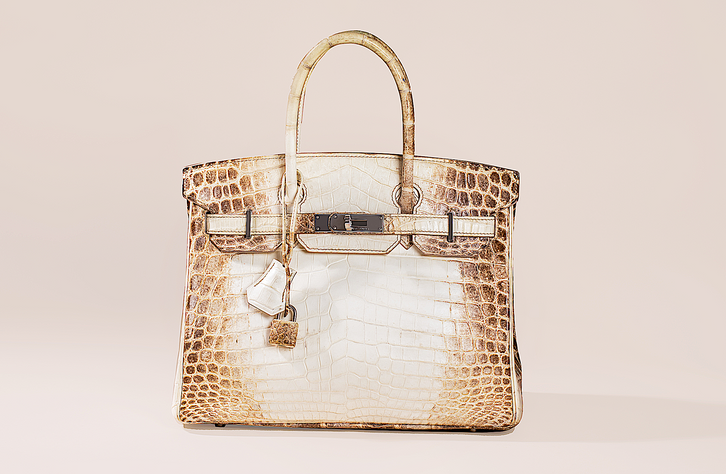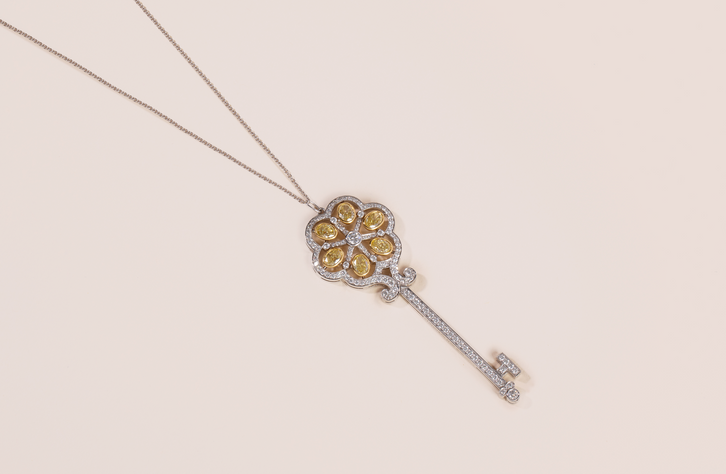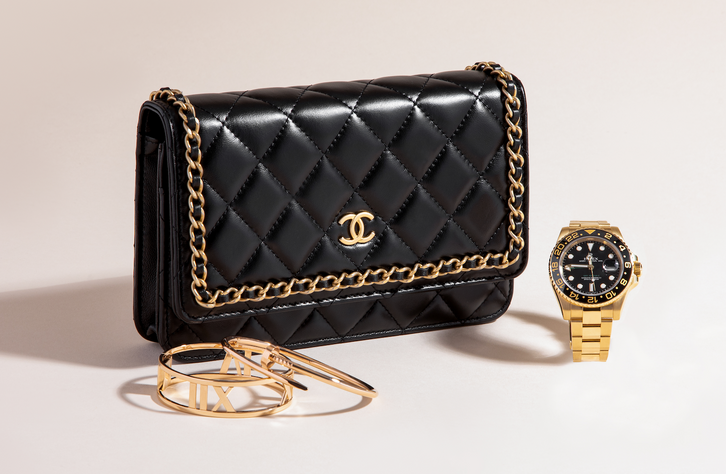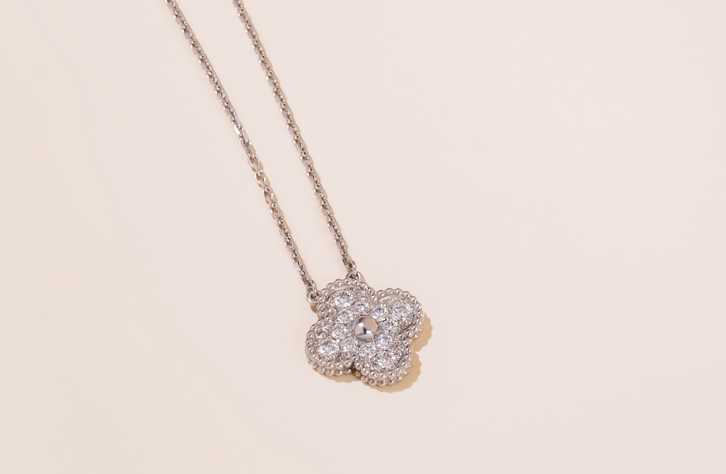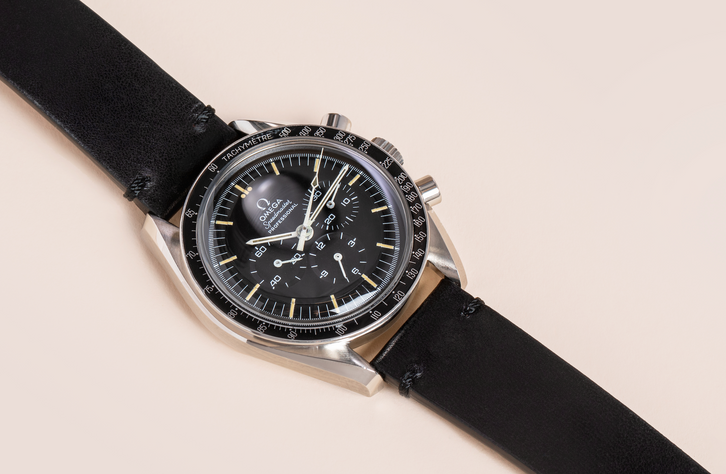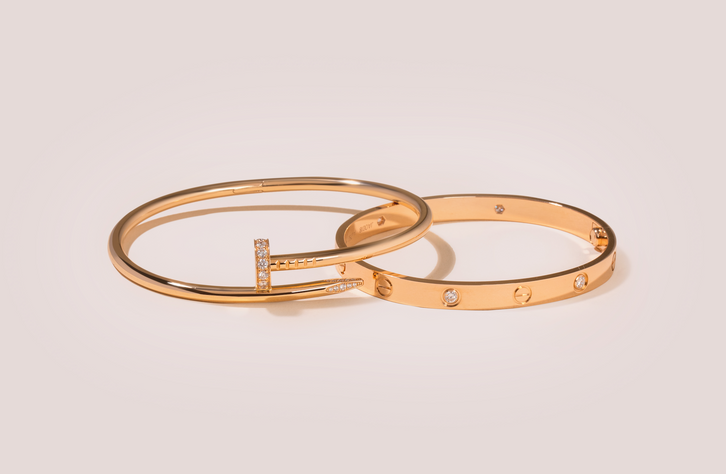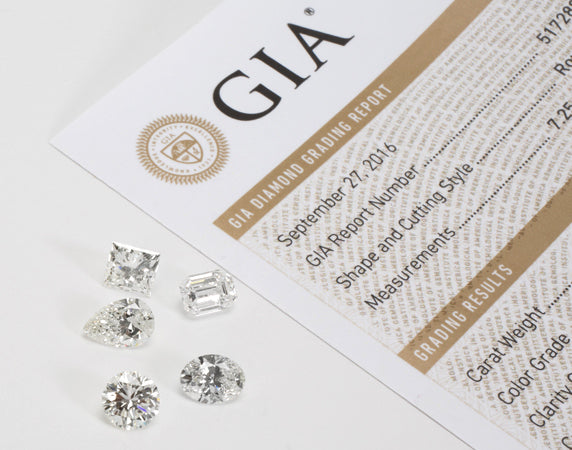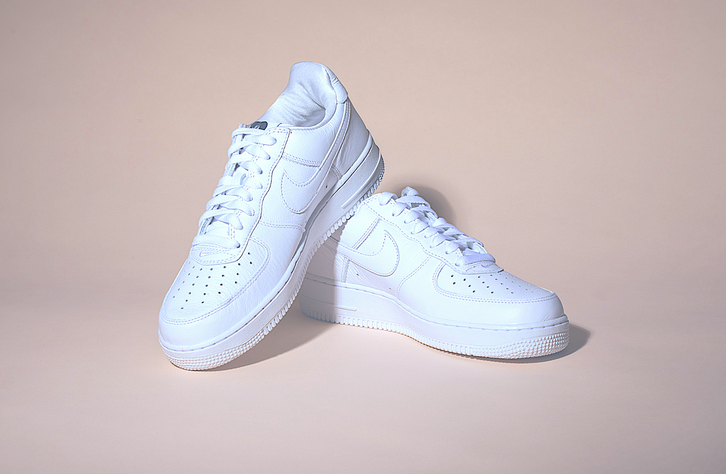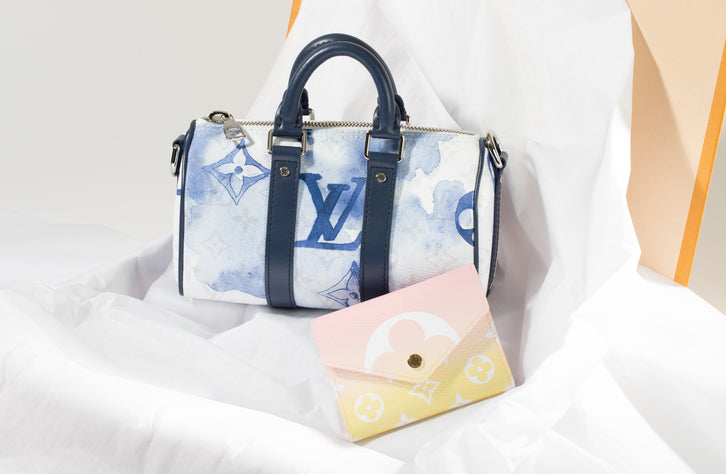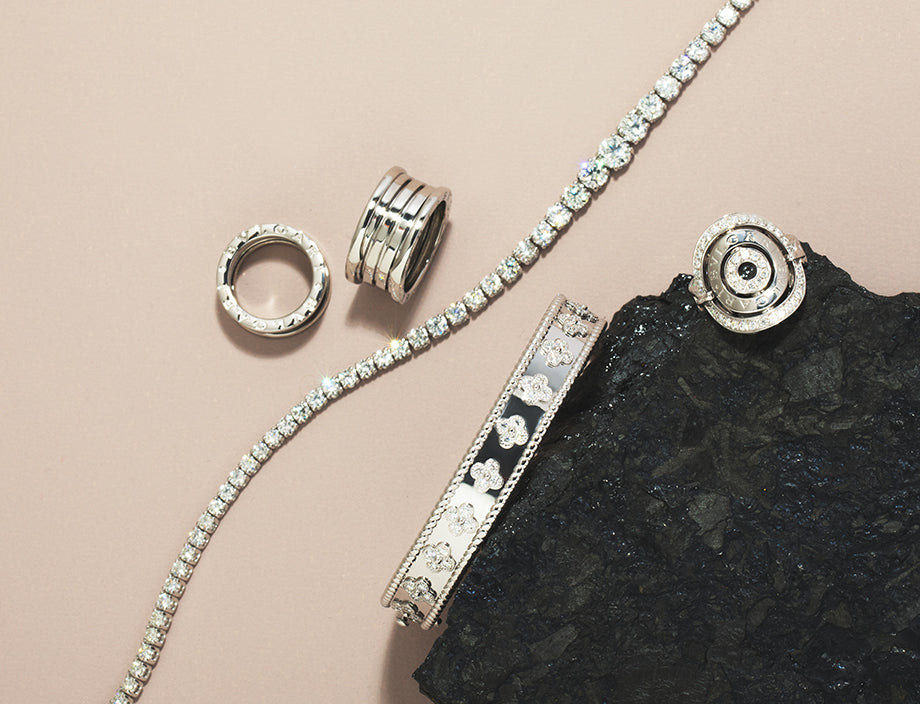So let’s take a closer look at the ongoing cubic zirconia vs diamonds debate. From explaining just what cubic zirconia and diamonds are, to the pros and cons of each stone as well as how much they are worth, we will equip you with everything you need to know.
- What is a cubic zirconia
- What is a diamond
- Cubic zirconia vs diamond
- Price: Cubic Zirconia vs Diamond
- How to sell cubic zirconia and diamonds
What Is A Cubic Zirconia?
Commonly abbreviated to CZ, cubic zirconia is one of the most popular diamond alternatives (also known as diamond simulants) on the market as it bears a strong resemblance to diamonds. Naturally occurring cubic zirconia is very rare and all cubic zirconia used in jewelry is manmade.

Cubic zirconia’s name comes from its cubic crystal symmetry and chemical composition of zirconium oxide. Cubic zirconia was first made in 1929 and was used for laser technology. It was only during the late 1970s that cubic zirconia began to be used in jewelry. Cubic zirconia is a versatile synthetic gemstone available in an array of colors and can be cut into any diamond shape.
What Is A Diamond?
We have all heard that diamonds are a girl’s best friend and are the must-have stone for engagement rings, but just what are diamonds? Diamonds are carbon that has been exposed to extreme pressure, this can occur naturally or artificially through a variety of techniques.
Natural diamonds form when carbon is exposed to extreme heat and pressure deep within the earth. Fancy colored diamonds get their color from additional minerals present during the formation process, such as nitrogen for yellow and boron for blue. In this environment, carbon atoms from a rigid bond with each other, resulting in diamond’s outstanding durability. Deep-source volcanic eruptions then bring the diamond to the earth’s surface through cracks in the earth called Kimberlite pipes.
Lab made diamonds are also made of carbon atoms and form with great heat and pressure in a controlled environment. Naturally formed diamonds can also receive artificial treatments to enhance their clarity and color. When buying a diamond, jewelers should disclose if the diamond received any treatments as this affects the value of the stone. These are typically performed to improve the diamond’s:
- Clarity: through laser drilling or fracture filling
- Color: through irradiation, annealing, HPHT or coatings
Cubic Zirconia vs Diamond
Now that we know what cubic zirconia and diamonds are, let’s discuss their pros and cons.
Cubic Zirconia Pros:
- Much cheaper than real diamonds, CZs are roughly 1/1000th the cost of a natural diamond
- Strongly resembles diamonds
- Available in any color or diamond cut
- Flawless clarity
Cubic Zirconia Cons:
- Softer than diamonds at an 8-8.5 on the Mohs Scale of Hardness and therefore more prone to damage
- Will become cloudy over time because of how easily it is scratched
- Needs to be replaced every two years (on average) due to wear and tear
- Not rare and therefore has little to no value
Diamond Pros:
- Incredibly durable at a 10 on the Mohs Scale of Hardness, diamonds are the hardest substance on earth
- When well cut, diamonds provide great brilliance and sparkle
- Can receive artificial treatments to improve color and clarity
- More valuable and retains its value better than cubic zirconia
- Diamonds are forever and should not need replacing
Diamond Cons:
- Much more expensive than cubic zirconia
- Requires an understanding of the 4C’s of diamond grading to pick your ideal stone
An important aspect of the cubic zirconia vs diamond debate is the question of sustainability. While there are arguments to be made for cz’s being more eco friendly than diamonds, it is still debatable. The environmental damages caused by mining are well known, however lab grown gems require a huge amount of energy to manufacture.
The most environmentally responsible option is therefore to buy recycled diamonds. Second-hand diamond jewelry gives you all of the benefits of natural diamonds, but none of the damage to the planet, and it’s cheaper!
Now that you know the benefits and drawbacks of cubic zirconia vs diamonds, you can confidently pick your favorite stone.
What Is The Price Difference Between Cubic Zirconia vs Diamond?
One of the most important factors in the cubic zirconia vs diamonds debate is how much these stones are worth. A quick search online will show you that there is a massive price difference between the two stones.
- A one carat cubic zirconia of any color will only cost you a few dollars
- A nice white one carat natural diamond will be thousands of dollars
- As for fancy colored diamonds, a one carat fancy red diamond, for example, can cost anywhere from $300,000 to $2 million, depending on the quality of the diamond
- Treated diamonds will also be worth about half the price of their entirely natural counterparts

How To Sell Cubic Zirconia
There are limited places where you can sell a cubic zirconia stone. Your best options are to sell to pawn shops or privately. However, when it comes to diamonds, there are a plethora of buyers. While you are not likely to recoup what you originally paid for the diamonds, you can anticipate receiving about 25% to 50% of its purchase price.
At myGemma, we can give you an accurate price for your pre-owned diamonds. Please note that we do not purchase black diamonds, rough diamonds, lab grown diamonds, lab created diamonds or synthetic diamonds.
As one of the leading diamond buyers, we work with hundreds of customers per day and have the expertise and buying power to provide you with honest and competitive offers. Selling your diamonds with us is free, secure and can take as little as 24 hours. Our professional service has earned us an A+ rating with the BBB and hundreds of fantastic customer reviews.
How To Sell Diamonds
- Complete our online form
- We will then contact you with a price quote
- If you like this quote and want a final price, schedule an appointment or ship your diamonds to us (we provide free, fully insured shipping)
- Once your diamonds arrives at our office, our GIA trained gemologists will provide a firm offer
- You can accept payment by wire or check: there is never any obligation to sell and you can always request to have your diamonds returned to you at no cost









